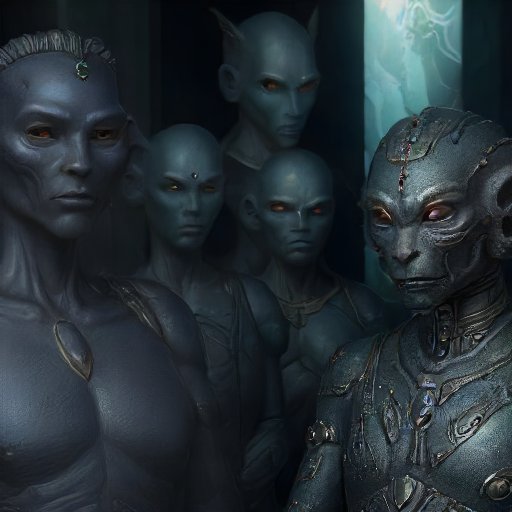Sumerian god of wind and storms with the Vedic deity Indra, similarities / parallels ?
Enlil, revered as one of the chief deities in the Sumerian pantheon, held dominion over the forces of wind, storms, and the atmosphere. He occupied a central role in Sumerian mythology and religion, often depicted as a powerful and authoritative figure who controlled the elements and determined the fate of humanity. Enlil was believed to reside in the heavens, where he orchestrated the movements of the winds and unleashed storms upon the earth.
Indra, the prominent deity in the Vedic pantheon of ancient India, shares several significant parallels with Enlil. Like Enlil, Indra is revered as a mighty god associated with atmospheric phenomena, particularly thunder, lightning, and rain. He is celebrated in the Rigveda, one of the oldest sacred texts of Hinduism, as the supreme ruler of the heavens and the vanquisher of demonic forces.
The parallels between Enlil and Indra extend beyond their domain over weather-related phenomena. Both gods are portrayed as heroic guy who engage in venomous battles against formidable adversaries. Enlil's conflicts with other gods and divine beings are recounted in Sumerian mythological texts such as the "Enuma Elish" and the "Epic of Gilgamesh," while Indra's exploits against demons like Vritra are celebrated in the Rigveda.
Furthermore, Enlil and Indra share similarities in their roles as protectors of the cosmos and champions of divine sovereignty. Enlil's authority as the king of the gods in Sumerian mythology parallels Indra's status as the leader of the Devas (celestial beings) in Hindu cosmology. Both deities are depicted as patrons of kingship and guardians of sacred rituals, embodying the ideals of cosmic harmony and righteous rule.
Additionally, Enlil and Indra are associated with themes of fertility, prosperity, and agricultural abundance. Enlil's benevolence was believed to ensure the fertility of the land and the success of agricultural endeavors, while Indra's role as a rain god was crucial for sustaining life and nourishing the earth.
In summary, the parallels between Enlil, the Sumerian god of wind and storms, and Indra, the Vedic deity of thunder and rain, suggests the universal themes and archetypal motifs that permeate ancient mythologies across different cultures. Despite emerging from distinct cultural contexts, Enlil and Indra embody similar attributes and functions, reflecting shared human experiences and aspirations manifested through divine symbolism and narrative.
#Olofin -Feb 25 Sun 2024 - Pioneer Expeditionary Consortium group
.jpeg)

.jpeg)

.jpeg)









Comments
Post a Comment